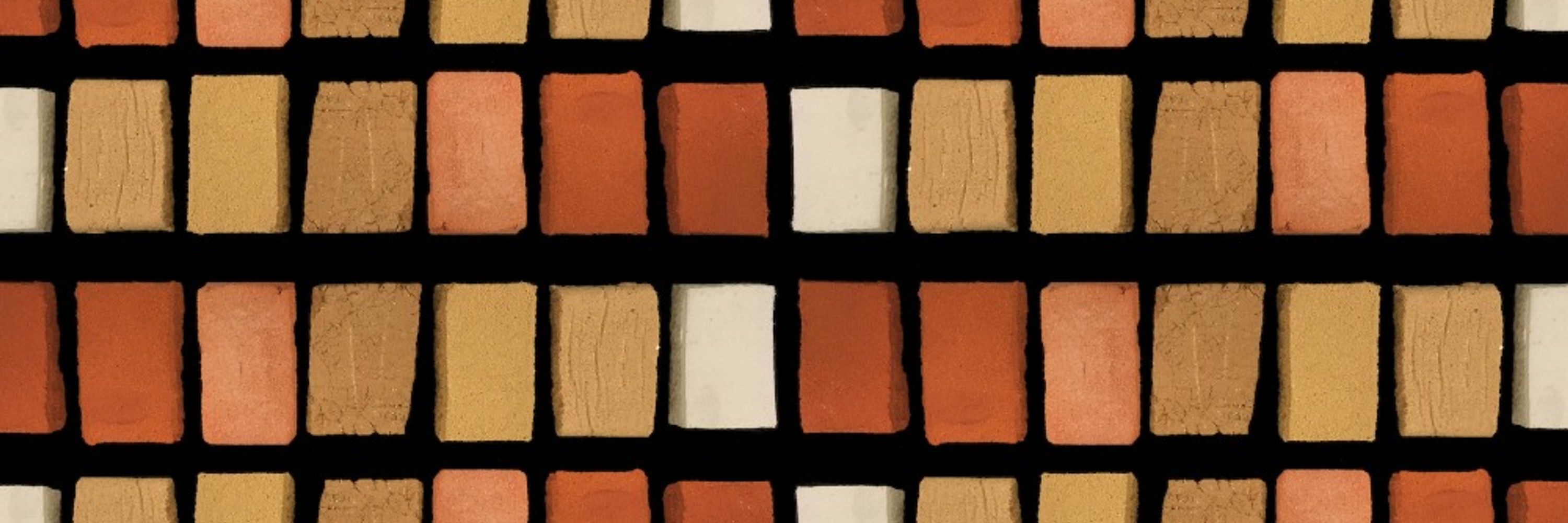
https://temperedarchaeology.com/
Sherd image courtesy Jefferson Patterson Park



Sherd image courtesy Jefferson Patterson Park
This vessel was found at George Washington Birthplace, and was likely used by the Washington family.
#maniarchaeology




This vessel was found at George Washington Birthplace, and was likely used by the Washington family.
#maniarchaeology
We found XRF of iron artifacts can distinguish 16th c. assemblages from later materials based on the iron purity.
What assemblages should we zap next?
Read it here for free: rdcu.be/euzoz
#archaeology

We found XRF of iron artifacts can distinguish 16th c. assemblages from later materials based on the iron purity.
What assemblages should we zap next?
Read it here for free: rdcu.be/euzoz
#archaeology



temperedarchaeology.com/buttons




temperedarchaeology.com/buttons



Can you fault my logic though?
#archaeosky

Can you fault my logic though?
#archaeosky
#maniarchaeology



#maniarchaeology




Learn to identify old and/or archaeological buttons using real antique examples. High resolution photos, dating info, and key diagnostics all in one place!
temperedarchaeology.com/buttons



Learn to identify old and/or archaeological buttons using real antique examples. High resolution photos, dating info, and key diagnostics all in one place!
temperedarchaeology.com/buttons
It's white salt glazed stoneware (British, mid-18th C.) with the dot-diaper-basketweave molded edge. As always, the texture is super tricky to achieve on nails, but improving!
Archy example courtesy Mount Vernon via DAACS



It's white salt glazed stoneware (British, mid-18th C.) with the dot-diaper-basketweave molded edge. As always, the texture is super tricky to achieve on nails, but improving!
Archy example courtesy Mount Vernon via DAACS
#maniarchaeology




#maniarchaeology




It's been 8 months with no end in sight. Donate (links below) to feed 🇵🇸, and keep demanding a #ceasefirenow🇵🇸




It's been 8 months with no end in sight. Donate (links below) to feed 🇵🇸, and keep demanding a #ceasefirenow🇵🇸

#maniarchaeology 🏺




#maniarchaeology 🏺
Molded natural motifs with flowing underglaze painting, it's another one of those *pretty* ugly historic pottery types. Replicating molded designs with polish--still hard!
more info from MAC Lab: apps.jefpat.maryland.gov/diagnostic/P...




Molded natural motifs with flowing underglaze painting, it's another one of those *pretty* ugly historic pottery types. Replicating molded designs with polish--still hard!
more info from MAC Lab: apps.jefpat.maryland.gov/diagnostic/P...

#maniarchaeology
🏺




#maniarchaeology
🏺
Register: bit.ly/3tX5N14


Register: bit.ly/3tX5N14
Sunflower, cucurbits, and chenopodium, and of course there is basketry to store it in! Moon Pie for scale. #archaeology #SEAC2023



Sunflower, cucurbits, and chenopodium, and of course there is basketry to store it in! Moon Pie for scale. #archaeology #SEAC2023
🏺

🏺
🏺

🏺


